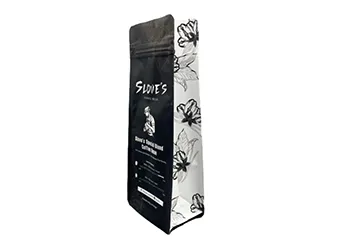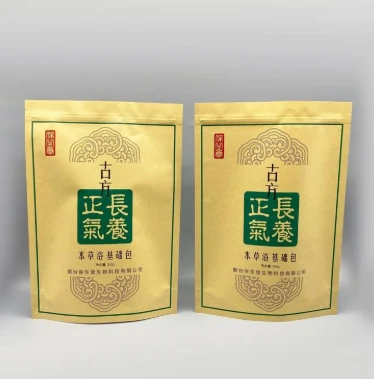Plastic packaging bags have become an integral part of modern consumer goods, offering versatility and protection for a vast array of products. Understanding the different types of plastic packaging bags is essential for businesses aiming to make informed decisions that align with their environmental goals and market demands. Here, we explore the diverse spectrum of plastic packaging bags and their unique attributes, showcasing industry expertise and real-world applications.

Polyethylene bags are among the most commonly used plastic packaging types due to their cost-effectiveness and flexibility. Available in high-density (HDPE) and low-density (LDPE) variations, polyethylene bags serve a broad range of purposes. HDPE bags, recognizable by their translucent appearance, are often used in grocery stores for produce due to their strength and resistance to stretching. In contrast, LDPE bags are softer and more pliable, making them ideal for carrying lightweight items like garments or dry cleaning. The chemical composition of polyethylene allows manufacturers to produce varying thicknesses, catering to specific needs while balancing durability and material consumption.
Another prevalent type is polypropylene bags, known for their clarity and resistance to moisture. Their superior strength compared to polyethylene makes them suitable for heavier or bulkier items, such as pet food or bulk grains. Polypropylene’s glossy finish also enhances the aesthetic value of product packaging, making it a preferred choice in retail environments where visual impact is crucial. In laboratories and cleanrooms, polypropylene’s heat resistance and ability to withstand sterilization processes underscore its utility in packaging sensitive equipment or sterile supplies.

Biodegradable plastic bags represent a growing subset of the plastic packaging market, driven by increasing environmental consciousness. Made from renewable bio-based sources or designed to decompose more rapidly than traditional plastics, these bags reduce environmental impact and fulfill consumer demand for sustainable solutions. Types of biodegradable bags include starch-based materials, polylactic acid (PLA), and polyhydroxyalkanoate (PHA). Though they come with challenges such as higher production costs and specific storage requirements, the shift toward these eco-friendly alternatives is gaining momentum, especially in regions with stringent regulations on plastic use.
types of plastic packaging bags
Another innovative solution within this field is multi-layer laminated bags, which combine different materials to optimize product protection and longevity. Using a combination of plastics like polyethylene, polypropylene, and polyester, these laminated structures block moisture, oxygen, and UV light more effectively than single-layer options. Their application ranges from food and beverage industry staples like coffee and snack packaging to medical and pharmaceutical products requiring high-barrier properties. The engineering of these bags demands specialized knowledge of materials science, and manufacturers often collaborate with industry experts to tailor designs to specific preservation needs.
Vacuum bags, a critical development in food storage, extend shelf life by removing air and inhibiting the growth of bacteria and mold. Made primarily from a combination of polyethylene and nylon, vacuum bags serve both consumer and industrial markets, preserving freshness in both domestic refrigerators and commercial supply chains. Their utility expands into niche applications such as sous-vide cooking, showcasing the adaptability of plastic packaging to modern culinary techniques.
Each type of plastic packaging bag offers distinct benefits and considerations, from mechanical properties to ecological impacts. As consumer preferences and legislative landscapes evolve, the demand for expertise in material selection, product design, and lifecycle analysis becomes critical for businesses aiming to engage effectively with their markets. Aligning packaging strategies with environmental, economic, and quality benchmarks ensures not only compliance but also enhances brand reputation and consumer trust.
Staying informed about advancements in material science and regulatory changes is imperative for businesses to maintain a competitive edge. By leveraging expert insights and embracing sustainable innovations, companies can navigate the complexities of the plastic packaging landscape, delivering solutions that are both practical and ethically responsible.